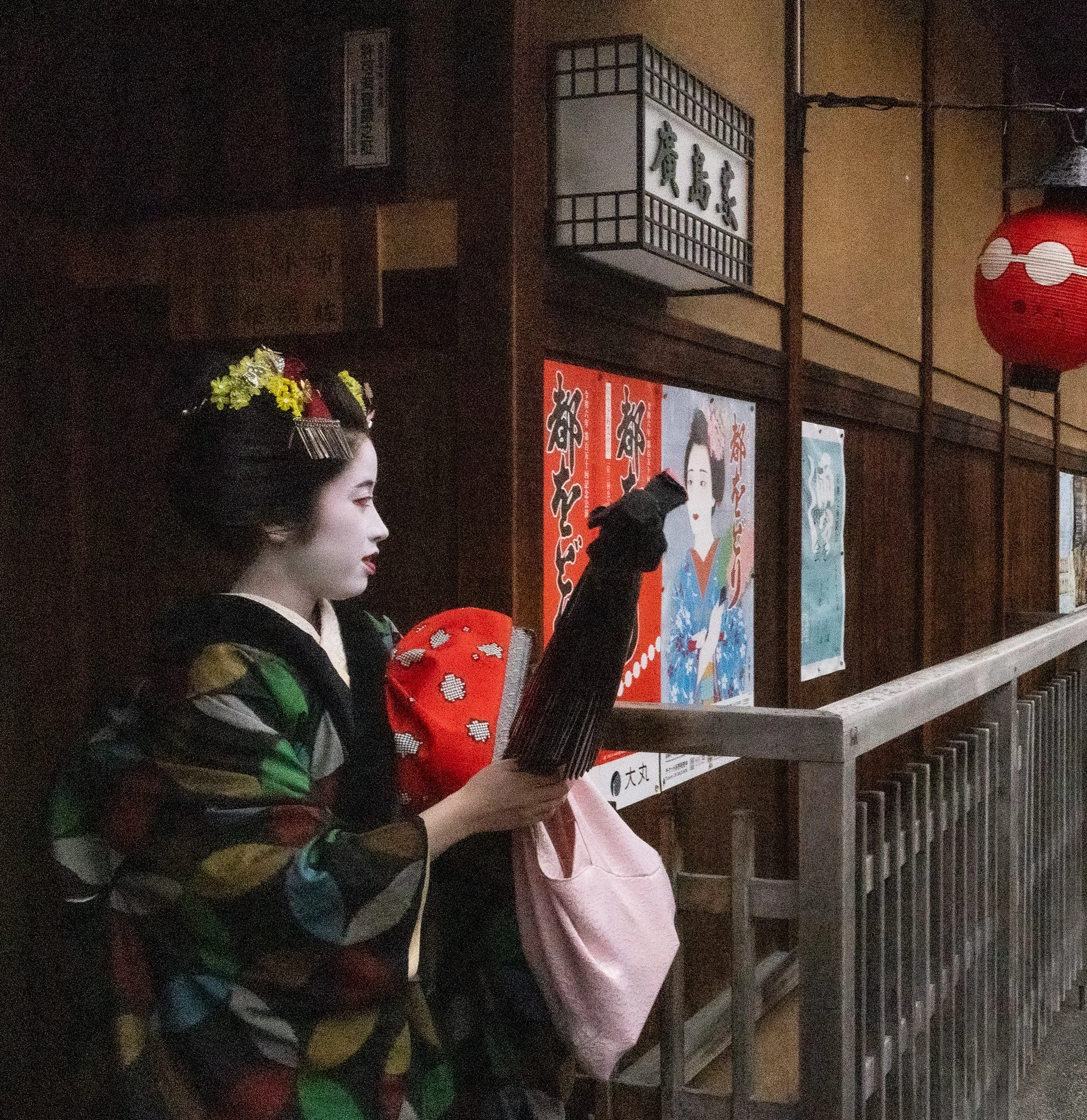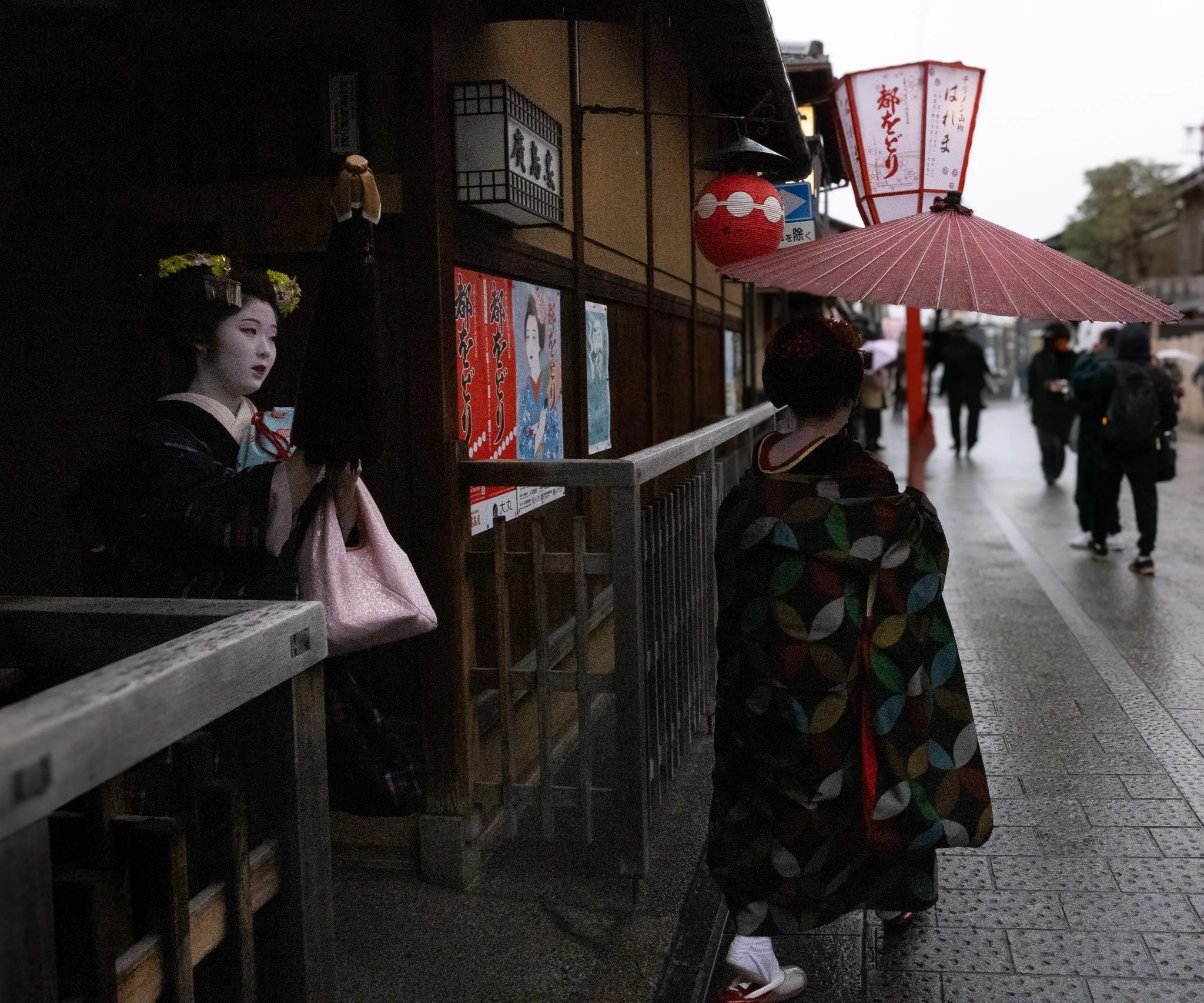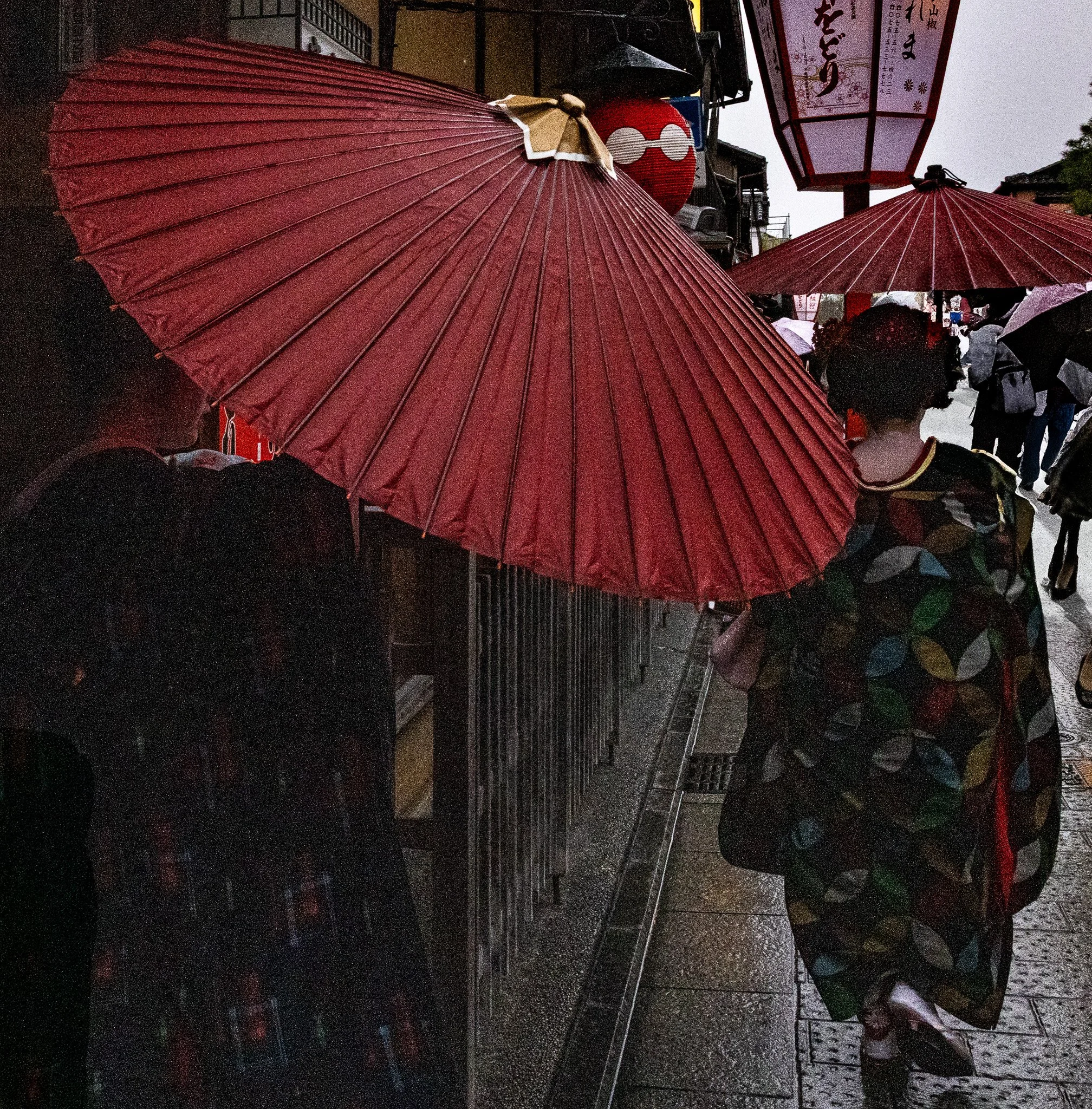Gion
Gion Kyoto geisha district is Japan’s most popular geisha neighborhood. In Gion you can find traditional old buildings with lantern-lit yards and upscale town-house-style restaurants that look like a scene from a fairy tale. There are currently 70 geishas and 30 maikos (apprentice geisha) working at 60 teahouses in Gion.
In Gion, you will not only see the traditional country houses and perhaps randomly spot geishas, but also find Kenninji Temple, the oldest zen temple with relaxing zen gardens and discover Yasui Konpiragu, a historical shrine with a secret love stone. Hanamikoji Street is where all Gion visitors wander around. Unlike other streets in Kyoto, on this street, there are no electric lines above the ground and the whole area is a historic preservation site.
The Neighborhood
GION
Gion (祇園) is a district of Higashiyama-ku, Kyoto, Japan, originating as an entertainment district in the Sengoku period, in front of Yasaka Shrine (Gion Shrine). The district was built to accommodate the needs of travellers and visitors to the shrine. It eventually evolved to become one of the most exclusive and well-known geisha districts in all of Japan.
Gion is the Japanese translation (via Chinese Qiyuan) of the Buddhist term Jetavana. Yasaka Shrine, located in this district is the center of the Gion faith. The geisha in Kyoto do not refer to themselves as geisha, instead using the local term 'geiko'. While the term geisha means "artist" or "person of the arts", the more direct term geiko means essentially "a woman of art".
In Kyoto dialect, geisha are referred to as geiko (gei means “art” while shatranslates to “person” and ko to “child”) or maiko. The former must be older than 20 while the latter is between the ages of 15 and 20. Some even go through the stage of shikomi for about six months to a year prior to ascending to maiko status, in which training begins only after completing junior high school. There are five hanamachi or kagai (geisha districts) in the Ancient City—Gion Kobu (the largest), Miyagawa-chō, Ponto-chō, Kamishichiken (the oldest), and Gion Higashi. These are home to what is currently estimated to be around 73 maiko, 186 geiko, and 132 ochaya (teahouses used for entertainment by geisha), according to the Kyoto Traditional Musical Art Foundation. To clear the air before we dive in a little deeper, the misconception that geishas are the equivalent to prostitutes should be immediately thrown out. When the culture first came into existence in the Edo period, women in “pleasure quarters” called themselves geishas, but those behaviors are no longer practiced—this includes the concept of selling one’s virginity for a maiko’s mizuage ceremony.
Tea Party
Getting to meet this young lady and hear her story was an extraordinary experience. She was beautiful, full of life and her intelligence was beyond any expectation I had going into this.
People are the worst
It’s unfortunate, but unhinged tourists behavior has become pretty standard practice at many sites of natural beauty or cultural significance over the last couple of years, be it vandalism, excessive noise or just plain bad behavior.
And one particular area in Kyoto is one of them. Local officials in the Japanese city have announced they will be closing tourist access to the Geisha district – Gion – next month, due to ‘out of control behaviour’.
Historic Neighborhood Homes





































